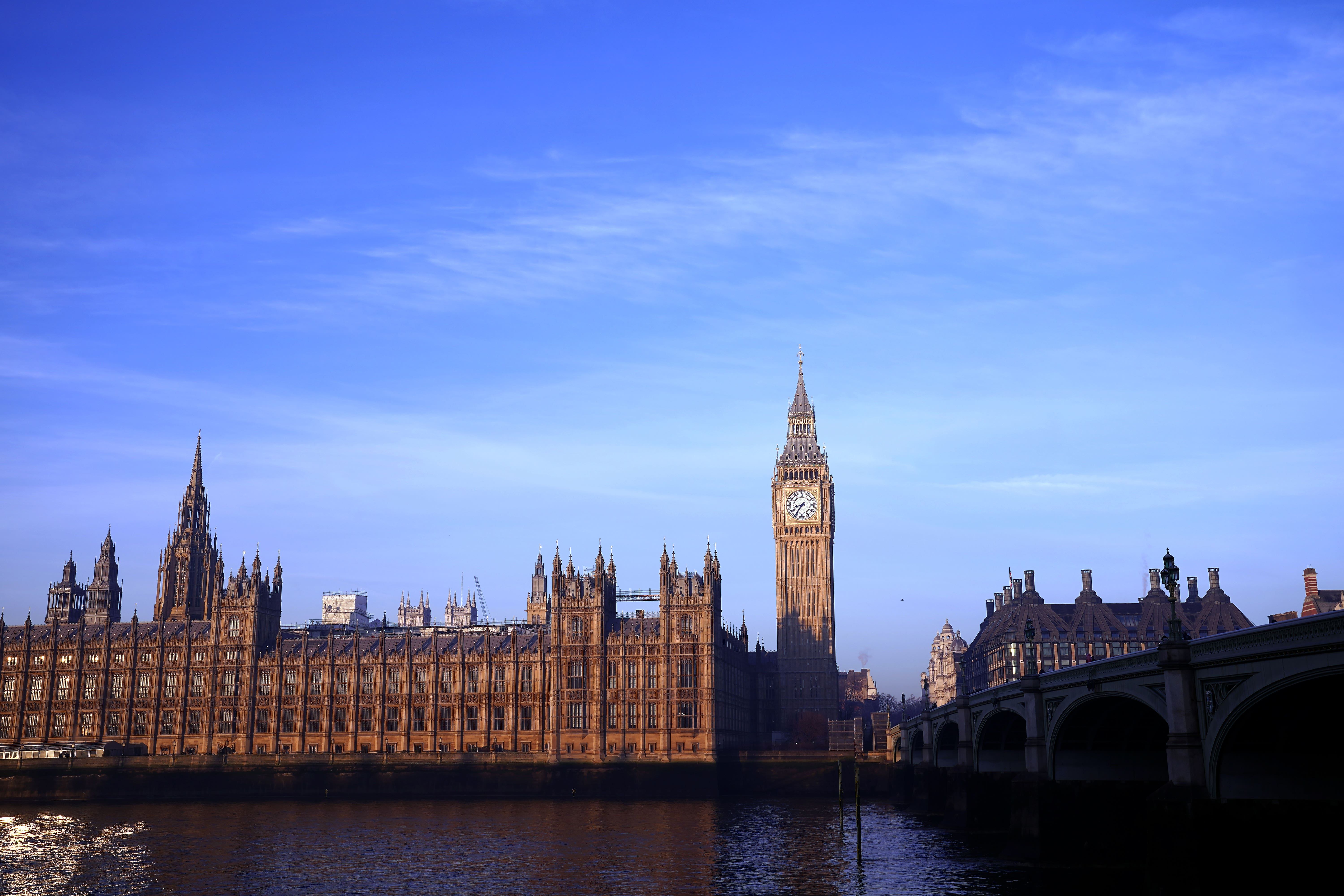New £1bn heat network could provide low carbon heating for London landmarks
A heat network for Westminster which could draw on heat from the Tube and Thames has been unveiled.

Your support helps us to tell the story
From reproductive rights to climate change to Big Tech, The Independent is on the ground when the story is developing. Whether it's investigating the financials of Elon Musk's pro-Trump PAC or producing our latest documentary, 'The A Word', which shines a light on the American women fighting for reproductive rights, we know how important it is to parse out the facts from the messaging.
At such a critical moment in US history, we need reporters on the ground. Your donation allows us to keep sending journalists to speak to both sides of the story.
The Independent is trusted by Americans across the entire political spectrum. And unlike many other quality news outlets, we choose not to lock Americans out of our reporting and analysis with paywalls. We believe quality journalism should be available to everyone, paid for by those who can afford it.
Your support makes all the difference.A £1 billion heat network scheme which could provide low carbon heating for some of London’s most famous buildings has been launched for Westminster.
The scheme will take heat from innovative sources such as the London Underground, the Thames or even brought down the river on “heat barges” storing heat in thermal batteries from a nearby power station.
Under the plans, a network of heat pipes will run throughout Westminster, allowing the likes of the Houses of Parliament, Downing Street and the National Gallery the chance to switch to low carbon heating without affecting the external look of historic, listed and World Heritage Site buildings.
The heat network in Westminster is becoming one of the UK’s heat network zones, areas where the approach is considered to present a cheaper and better way to decarbonise heating compared to each building having its own heat pump.
The scheme has been initiated by the Department for Energy Security and Net Zero (DESNZ) and Westminster Council, who have brought in the South Westminster Area Network (Swan) Partnership formed by heat network developers Hemiko and Vital Energi to deliver it.
The Swan Partnership plans to invest £100 million within three years, £500 million within 10 years and £1 billion by 2050 in what they say will become one of the UK’s biggest heat networks.
It is not yet known which buildings will connect to the heat network, which relies on using waste heat or sources such as the water of the River Thames to provide heat via underground pipes into buildings where a heat exchanger transfers it into existing hot water and central heating systems.
But the planned network covers the heart of London, including famous landmarks including Parliament, Whitehall and Westminster Abbey.
It will stretch from Grosvenor Bridge in Pimlico and Victoria Station to Temple Underground Station near the Strand and bounded by St James Park, enabling buildings from Tate Britain to Somerset House to access the low carbon heat in the network, as well as Westminster Council-owned property.
Construction of the project, with the network focused on laying pipes in side streets to deliver the heat, is due to begin in 2026.
The scheme’s backers say that over time it will save 75,000 tonnes of carbon dioxide a year, create 500 jobs and improve local air quality by stopping nitrogen oxides emissions from gas boilers.
This project will help support hundreds of jobs and make bold new strides towards boosting our energy security
And by harnessing waste heat from the local area, it will curb reliance on imported fossil fuels, they said.
Toby Heysham, chief executive of Hemiko, said that as heat networks connect buildings with heat waste suppliers via underground insulated pipes, there was no need for heat pumps on the top or side of buildings – another option for decarbonising heating – which was important in historic Westminster.
“Londoners and tourists alike will continue to be able to enjoy the beauty of London’s iconic buildings – they’ll simply be decarbonised buildings, but you won’t be able to tell the difference from the outside.
“It will also remove the need for gas flues on every building. These gas flues are harmful to local peoples’ health. Buildings that swap to the heat network will be helping to improve local air quality,” he said.
Miatta Fahnbulleh, minister for energy consumers at DESNZ, said: “Taking waste heat from the River Thames and London Underground to heat such iconic places as the Houses of Parliament and the National Gallery is a really exciting example of what lies ahead on our journey to low-cost, low-carbon heating.
“This project will help support hundreds of jobs and make bold new strides towards boosting our energy security, as one of seven heat network zones we’re backing with over £5 million funding.”
Adam Hug, leader of Westminster City Council, said the scheme would be a crucial piece of the net zero carbon journey in Westminster and would demonstrate what a positive clean energy future could look like.
“We know that the gas used to heat and power buildings is one of the biggest contributors to both carbon emissions and air pollution in Westminster.
“However, these new low-carbon district heat networks will tap into local waste heat sources, delivering clean and affordable energy to those who need it most,” he said.
Subscribe to Independent Premium to bookmark this article
Want to bookmark your favourite articles and stories to read or reference later? Start your Independent Premium subscription today.